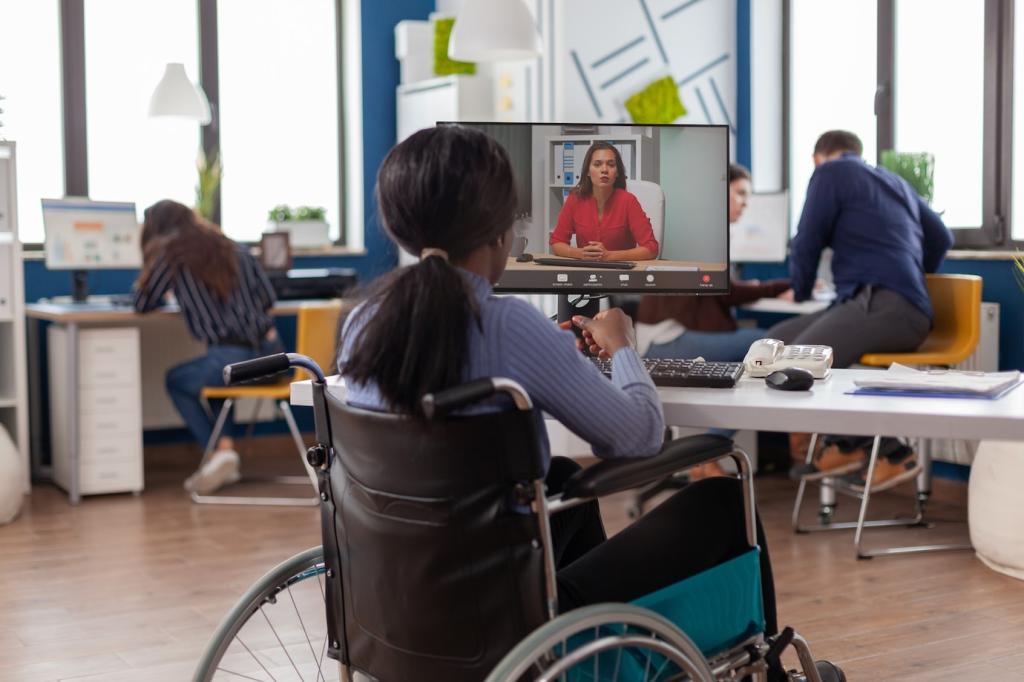Culturally Responsive Digital Content
Invite students to interview community members, then publish audio or photo essays with clear consent. Pair these pieces with global sources to compare perspectives, honoring identity while expanding viewpoints.
Culturally Responsive Digital Content
Offer translation toggles, bilingual glossaries, and sentence frames to support multilingual learners. Normalize their use by modeling them for everyone, so help feels like choice, not a spotlight.
Culturally Responsive Digital Content
Teach learners to question whose voices appear, which images repeat, and what histories are missing. Build routines for evaluating sources, then revise your collections together to improve representation and balance.
Culturally Responsive Digital Content
Lorem ipsum dolor sit amet, consectetur adipiscing elit. Ut elit tellus, luctus nec ullamcorper mattis, pulvinar dapibus leo.









